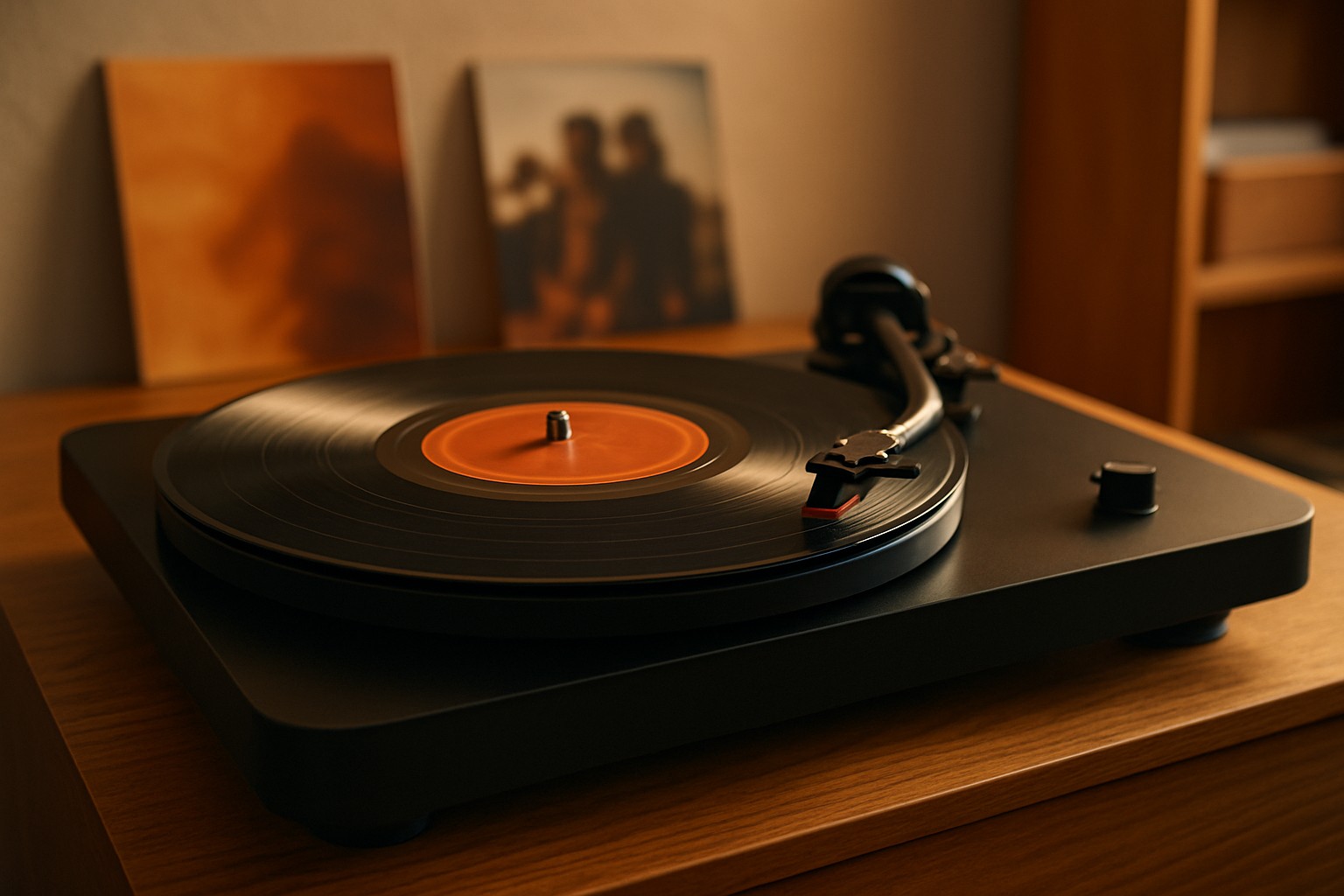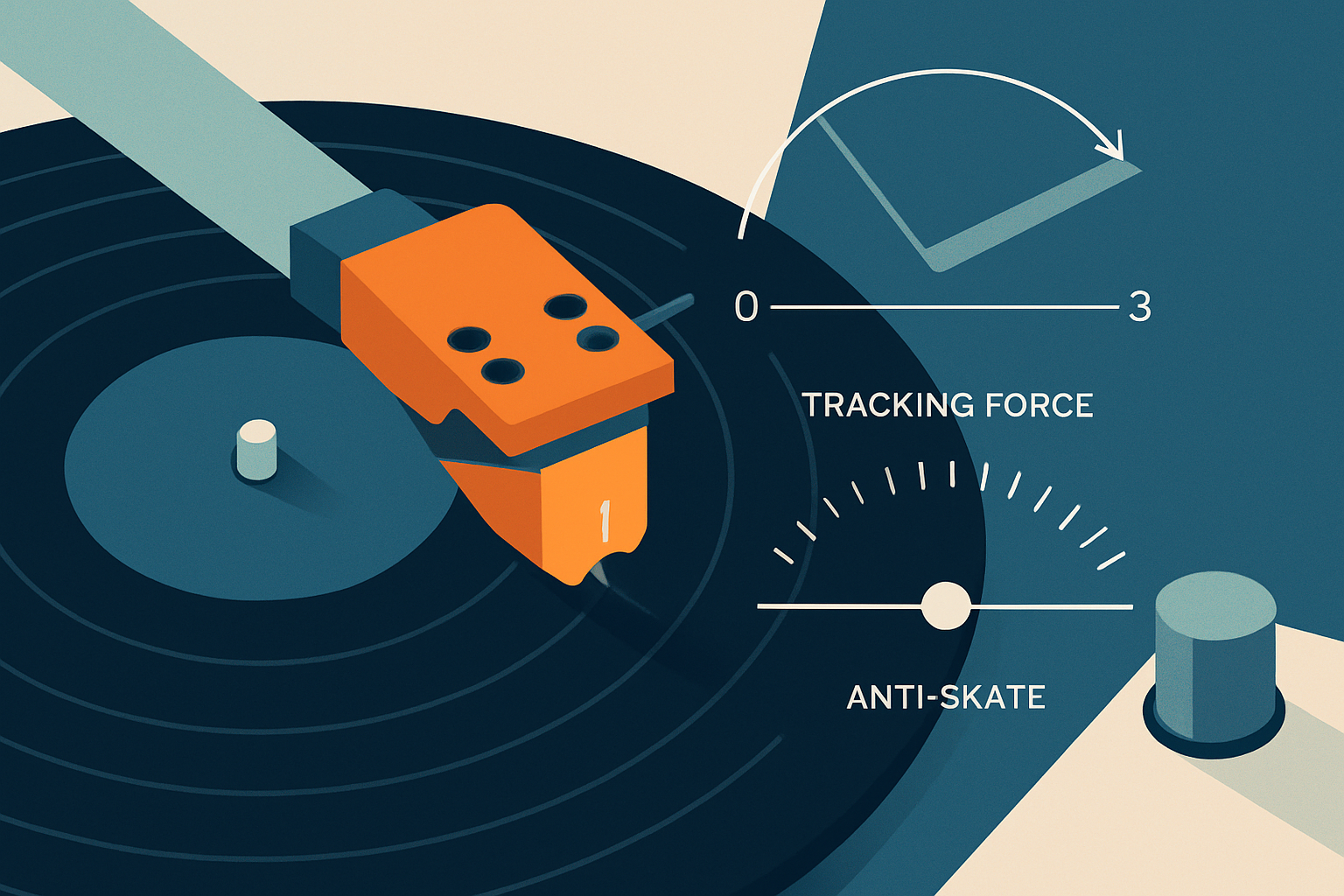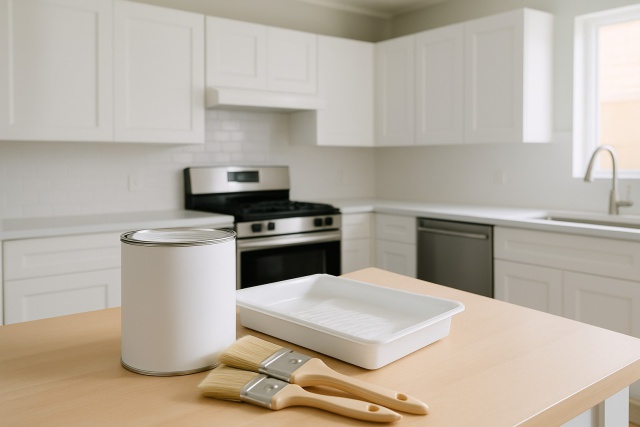Why Do My Records Sound Distorted and How to Fix It?

Listening to vinyl records often brings cozy nostalgic warmth to your music, though sometimes distortion sneaks in and spoils the fun. If you have ever scratched your head wondering, 'why do my records sound distorted?', this article breaks down the usual suspects behind those pesky issues and lays out straightforward steps to track down and fix them.
Understanding the Causes of Distortion in Vinyl Records
Vinyl records have this charming knack for transporting us back in time, but occasionally their sound gets a little... let’s say, quirky. Distortion is one of those pesky hiccups that can sneak into your favorite grooves, turning a smooth track into something a bit rough around the edges. In this section, we will unravel why distortion shows up in vinyl playback, shining a light on the usual suspects behind these audio gremlins.
It is a good idea to get a handle on the kinds of distortion vinyl players often wrestle with before you dive headfirst into troubleshooting. Distortion can range from those barely-there crackles to full-on clipping and warping, each bringing its own headache and subtly messing with how your tunes come through.
- Surface Noise: Includes annoying pops, crackles and static noises caused by dust, dirt or flaws on the vinyl’s surface.
- Mistracking Distortion: Happens when the stylus fails to follow the grooves properly because it is worn out, misaligned or the tracking force is off. This can really affect the sound.
- Speed Inconsistencies: When the platter’s speed wobbles you get pitch shifts and a warbling sound like your favorite song suddenly going off on a quirky tangent.
- Warping Effects: If the record is physically warped the needle might skip or produce uneven sound making the listening experience less smooth.
- Cartridge and Stylus Issues: Defects, damage or low-quality parts in the cartridge or stylus can mess with sound clarity and cause distortion.
Common Culprits Behind Those Pesky Distortions in Your Recordings
Distortion doesn’t just pop up out of nowhere and usually a handful of usual suspects are behind your records sounding a bit off.
Dirty or Damaged Records: Dust, fingerprints or scratches on records usually do a number on sound quality like trying to listen through a foggy window.
Worn or Misaligned Stylus: An old or poorly aligned stylus often leads to mistracking and distortion which can make your favorite tunes sound downright wonky.
Incorrect Tracking Force or Anti-Skate Settings: Too much or too little tracking force or anti-skate thrown off balance can cause the needle to skip beats or distort the sound kind of like trying to dance on ice.
Poor Turntable Setup Including Speed Issues: If the turntable platter isn’t spinning at the right RPM you’ll notice the pitch and tone stray sounding off-key and less than perfect.
Substandard Cartridges or Needles: Cheap or damaged cartridges can mess with how the signal converts and drag in distortion that’s hard to ignore.
Faulty Phono Preamp or Amplifier Settings: Incorrect equalization or gain levels or faulty equipment can throw in unwanted audio artifacts and spoil the listening vibe.
External Interference or Grounding Problems: Those annoying electrical hums or static often come from ungrounded or poorly shielded cables and cloud the clarity of your music experience.
Pinpointing What’s Throwing Off the Sound in Your Record Setup
Diagnosing distortion calls for a careful step-by-step approach that really helps avoid headaches. By checking each part of your vinyl setup individually, you can pinpoint whether the problem is in the record, the turntable, the cartridge, or your external audio system.
Give the record a good once-over for any grime or dust and give it a gentle clean if it looks worse for wear.
Spin a handful of different records to see if the distortion is a repeat offender or just a one-off.
Take a close peek at the stylus using a magnifier—a worn or dusty stylus is often the sneaky culprit behind distortion.
Grab a tracking force gauge and an anti-skate meter to make sure those tonearm settings align with the manufacturer's recommendations.
Double-check the turntable’s platter speed with a strobe disc or a smartphone app—making sure the RPM is spot on is key.
Swap out the cartridge or stylus for a known good one—sometimes it is just a faulty part throwing things off.
Hook up the turntable to a different phono preamp or amplifier to see if the issue lies in amplification or EQ.
Give all the cables a thorough once-over for damage, make sure grounding connections are solid and try to keep external electromagnetic interference at bay.
How to Fix Distorted Sound on Vinyl Records, Step by Step (Because Nobody Likes a Scratchy Tune)
Once you have nailed down the root cause, you can zero in on targeted fixes.
- Keep your records looking sharp by regularly giving them TLC with specialized brushes and cleaning solutions. If you want to go all out, use professional ultrasonic cleaners to remove stubborn debris that can cause surface noise.
- When your stylus or cartridges start showing their age don’t hesitate to swap them out or better yet have a pro service them to keep groove tracking spot on.
- Take your time to carefully fine-tune the tonearm tracking force and anti-skate using precision tools. Aim for recommended settings to keep everything running smoothly.
- Get yourself a strobe disc or a handy app to check and calibrate your turntable speed. You want the platter motor humming smoothly without speed hiccups.
- Boost your setup by enhancing grounding and shielding on all cables to reduce electrical interference. This means fewer annoying hums and buzzing that disrupt your vinyl bliss.
- If your phono preamps or amplifiers feel underwhelming or faulty consider upgrading to gear truly made for vinyl. It makes a world of difference from my experience.
Cleaning Methods That Really Help Cut Down on Surface Distortion
Keeping your records spotless is absolutely essential if you want to cut down on surface noise and that annoying distortion. I’ve found that giving your record a quick once-over with a carbon fiber brush both before and after playing does wonders to sweep away dust. When you’re feeling a bit more thorough, reaching for a good cleaning solution paired with microfiber cloths is a solid move.
Caring for Your Stylus and Cartridge Because a Little TLC Goes a Long Way
Make it a habit to peek at the stylus under a magnifying lens now and then, giving it a gentle clean with a stylus brush or cleaner. Keeping it nicely aligned and swapping out worn styluses when needed can really save you from those pesky mistracking issues and unwanted distortion.
Setting Up and Calibrating Your Turntable A Practical Guide
Setting the tracking force just right—usually between 1.5 and 2.5 grams depending on your cartridge—is very important. It is one of those little details that can make a big difference. Also, don’t forget to check that the anti-skate mechanism properly balances the sideways pressure on the needle because otherwise things can get off-kilter.
Giving Your Audio Equipment and Wiring a Quick Once-Over
Distortion can sneak in from your phono preamp, amplifier or even the wiring. It is worth giving those cables a good once-over for any sneaky breaks or loose connections and double-checking that everything is properly grounded to keep hum and static at bay.

Handy Tips for Caring for Your Vinyl Records and Getting the Best Playback Experience
If you're wondering 'why do my records sound distorted,' taking a few simple steps to prevent damage is hands down the best way to keep your records in tip-top shape.
- Always store your records upright inside anti-static inner sleeves and sturdy outer covers—it’s the best way to dodge warping and keep dust at bay.
- Give your records a regular spa treatment with the right brushes and cleaning solutions before and after playback to keep them sounding fresh.
- Every now and then give your turntable’s tracking force and anti-skate settings a quick once-over to ensure smooth and steady performance.
- When you start noticing that sound quality dropping it’s probably time to swap out your stylus or cartridge—stick to the manufacturer’s recommendations.
- Keep your records and turntable away from extreme heat, humidity and direct sunlight as they don’t appreciate a sunbath.
- Use a quality phono preamp and double-check that your turntable is properly grounded—this step can really help cut down unwanted hum and electrical noise.
Useful Links
- Vinyl Engine: Your Go-To Resource for Turntable Setup and all Those Technical Nitty-Gritties
- Analog Planet: A Trusted Spot for Turntable and Vinyl Reviews That Hit the Right Note
- Audio-Technica: A Well-Known Maker and Audio Specialist You Can Count On
- The Absolute Sound: A Publication Dedicating Itself to the World of High-End Audio, No Holds Barred





